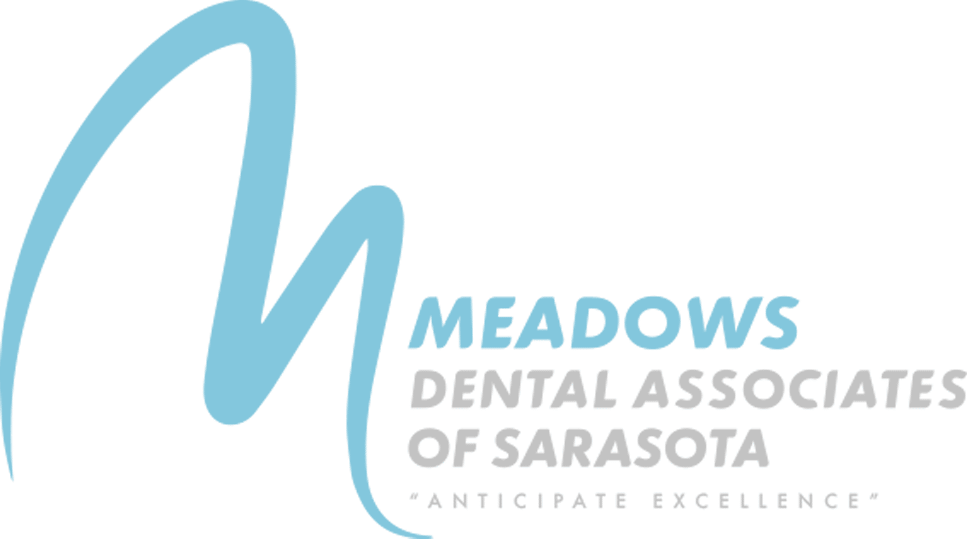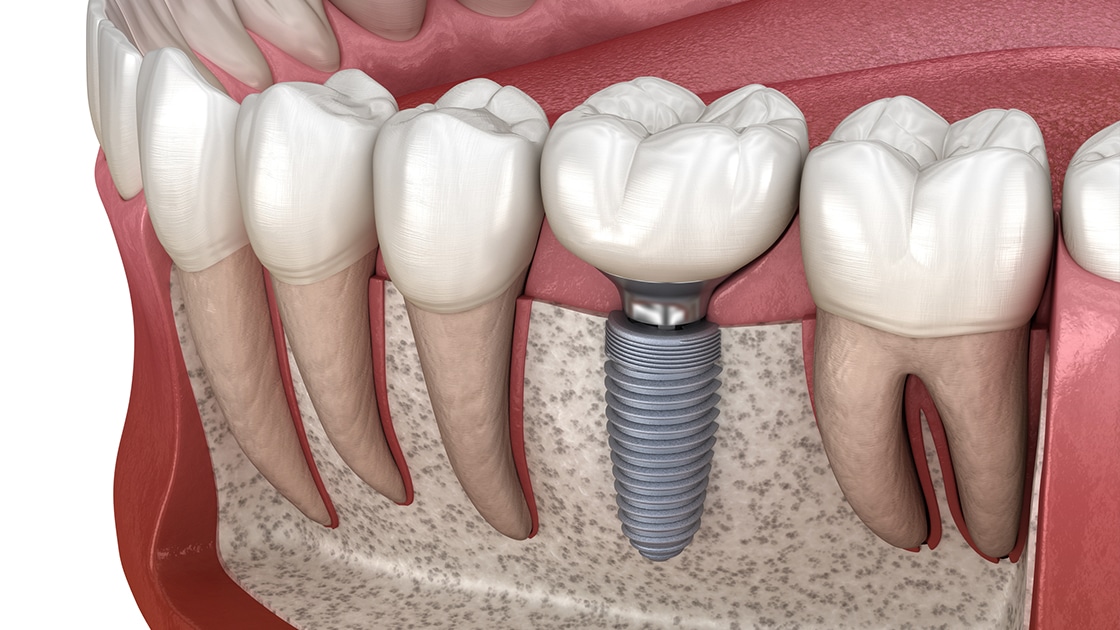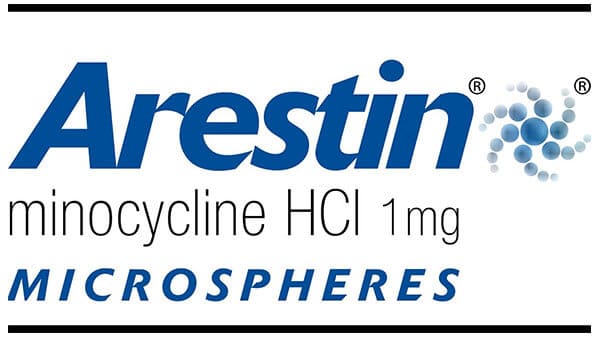
Our comprehensive dental care approach includes advanced periodontal treatments designed to combat gum disease, restore oral health, and maintain your smile’s integrity. Scaling and root planing offer a non-surgical solution to effectively remove plaque and calculus beneath the gums, smoothing the root surfaces to promote healing and reattachment of gum tissue. Our Periodontal Maintenance Program complements daily home care, targeting plaque and calculus buildup to prevent periodontal disease progression. For those experiencing more severe conditions, we provide specialized treatments such as gum and bone grafting, bone regeneration, and ridge preservation techniques to address tissue recession and bone loss and ensure the structural support of dental implants or prostheses. Additionally, procedures like crown lengthening, periodontal splinting, and osseous surgery are available to manage and treat advanced periodontal issues, ensuring a comprehensive approach to oral health and well-being.
Scaling and Root Planing
Scaling and root planing is a non-surgical procedure used to treat gum disease. During the scaling process, specialized dental instruments are used to remove dental plaque and calculus from beneath the gums. Planing is the procedure used to smooth the tooth’s root after the scaling process. Root planing helps the gums heal and reattach themselves to a cleaner and smoother root surface.
Periodontal Maintenance Program
Home care is an extremely important part of maintaining healthy teeth and gums, but even excellent home care cannot prevent bacteria and plaque. If the plaque is not removed, it can harden, becoming calculus. We will recommend a periodontal maintenance program that is best for you based on how quickly you develop calculus and your past and current periodontal health. During your maintenance visits, we will perform an oral examination as well as a dental cleaning.
During an oral examination, a visual inspection is performed to detect normal and abnormal structures of the entire mouth, head and neck. Along with radiographs, an examination detects cavities, abnormalities in existing dental restorations, gum and bone recession, and any other abnormal findings within the mouth, head, and neck
A dental cleaning, also known as an oral prophylaxis, is the removal of dental plaque and tartar (calculus) from the teeth. Specialized instruments are used to gently remove these deposits without harming the teeth. First, an ultrasonic device that emits vibrations and is cooled by water is used to loosen larger pieces of tartar. Next, hand tools are used to manually remove smaller deposits and smooth the tooth surfaces.
Biopsy
The health of the mucosa, the smooth, pink lining inside the mouth, is vital for overall oral well-being. Changes in its color or texture may signal underlying issues, including the potential for oral cancer. It’s imperative not to overlook symptoms such as unhealing sores or lumps within the mouth’s interior surfaces. We urge patients to report any irregularities during their visits, as timely biopsies can be crucial for early detection and treatment. Our practice emphasizes the importance of awareness and proactive communication for maintaining oral health.
Gum Grafting
Gum grafting treats root exposure resulting from receded gum tissue. Tissue is removed from the roof of the mouth or from gum tissue near the tooth and stitched into the area needing gingival repair.
Bone Grafting
Bone grafting is the replacement or enhancement of bone around teeth. When a tooth is lost, the surrounding bone collapses. Bone grafting is performed to reverse bone loss or enhance bone. The bone can be taken from parts of the body or from synthetic material. Bone grafting allows for proper support of dental implants or prostheses.
Periodontal Splinting
Periodontal splinting is done to stabilize teeth that have become loose as a result of bone loss due to periodontal disease. The doctor will determine if periodontal splints are needed, as sometimes careful management of the periodontal disease causes the teeth to become more stable. Periodontal splints may use stabilizing wire or ribbon, composite resin, crowns, inlays/onlays, and/or veneers to accomplish the goal of stabilizing the teeth.
ARESTIN®
ARESTIN® is a locally applied antibiotic that delivers minocycline microspheres in the form of a powder. It is placed directly into the infected periodontal pocket at the time of scaling and root planing procedures for easy, targeted treatment. The microspheres adhere to the surrounding surfaces to provide a sustained release of the antibiotic at the site of active infection for effective treatment. It is used in pocket depth reduction and may be used as part of a periodontal maintenance program.
Benefits of ARESTIN® include:
- No local anesthesia required
- No adhesive required
- No dressing required
- No need for removal as the microspheres are completely bioresorbed
- Remains active in the pocket for an extended period of time
Periodontal Surgery
Periodontal disease develops when plaque spreads below the gum line and causes the tissue and bone that support the teeth to decay. The gums then separate from the teeth and form what are known as periodontal pockets which can become infected, leading to loss of tissue and bone. Extensive bone loss due to periodontal disease can result in the loss of one or multiple teeth.
In order to rid the gums of bacteria, the periodontist can perform a procedure often referred to as pocket depth reduction. During this procedure, the periodontist will cut a flap into the gum and fold it back to temporarily expose the tooth root and bone. If necessary, the periodontist will smooth areas of damaged bone to limit the surfaces upon which bacteria can grow. After ridding the area of bacteria, the gum tissue is stitched back into place. This procedure minimizes the depth of periodontal pockets and gets rid of bacteria in order to minimize the effects of periodontal disease and limit its progression.
Looking for a practice in the









